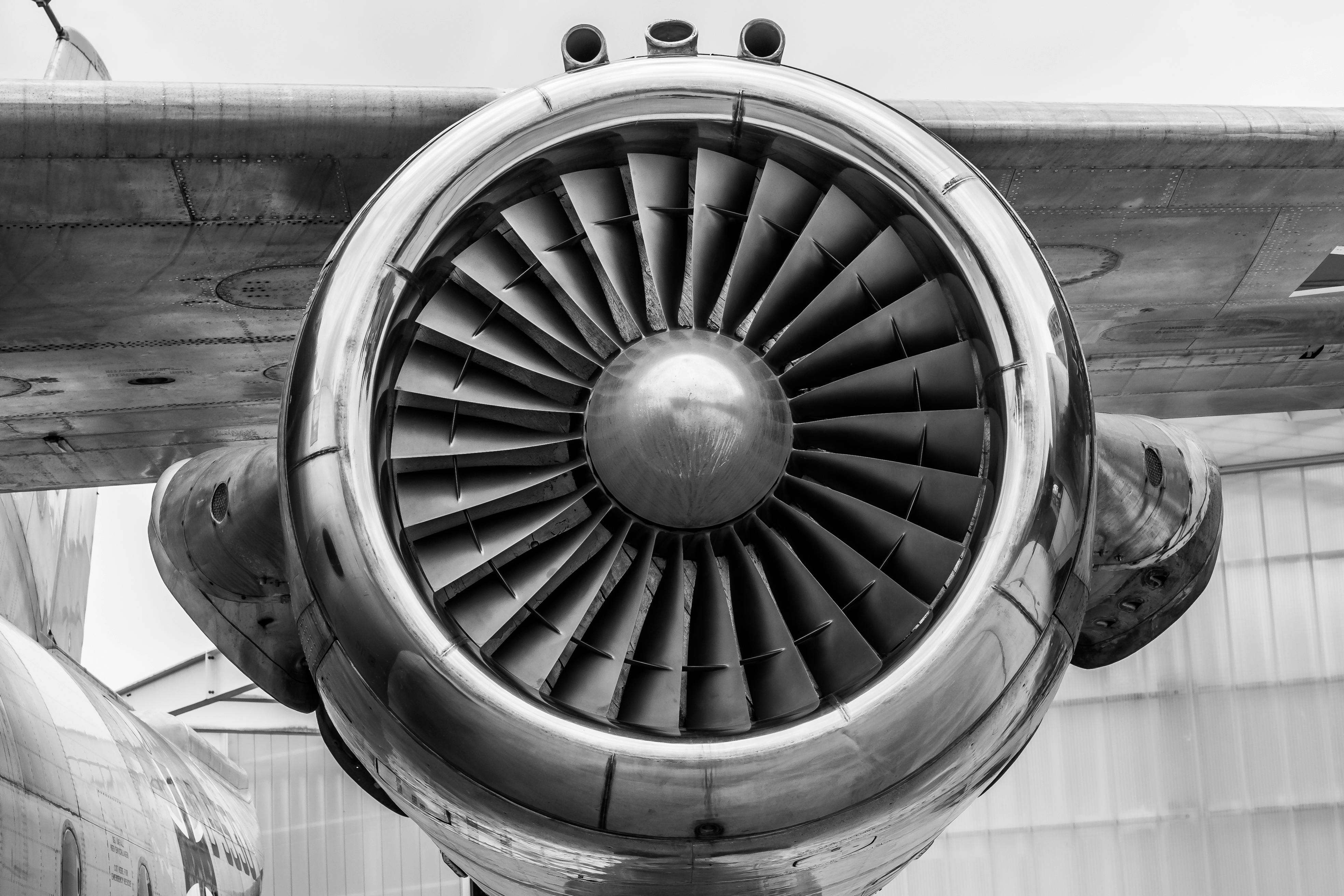
In the modern aerospace manufacturing sector,the birth of every single component is a challenge to the limits.What we pursue is not only the ultimate performance but also precision at the millimeter and even micron level.Have you ever encountered such a dilemma:an aerospace part that has been meticulously designed and precisely CNC machined,only to suffer minor deformations due to heating,oxidation,or uneven cooling in the final heat treatment process,rendering all previous efforts in vain?This is precisely where the vacuum chamber welding technology becomes an indispensable process.
Imagine a precision part made of high-grade aerospace alloy coming off an advanced CNC lathe or CNC milling center.It already has an almost perfect geometric shape and surface finish.However,to achieve the desired material properties(such as higher strength or fatigue resistance),it must undergo a high-temperature heat treatment.In a conventional environment,oxygen and nitrogen in the air will react with the high-temperature metal surface,forming an oxide layer and altering the chemical composition of the material's surface layer.What's more,uneven heating and cooling introduce unpredictable internal stresses,leading to the troublesome deformations and warping.
This is where the vacuum chamber works its magic.A vacuum environment is essentially an ultra-clean,oxygen-free"room."By placing the welding or heat treatment process in such an environment,the possibility of oxidation and contamination is completely eliminated.But for deformation control,its deeper value lies in its unparalleled thermal management capabilities.In a vacuum,heat is primarily transferred through radiation,which is much more uniform than the convective and conductive methods in the atmosphere.This uniform heating(and subsequent controlled cooling)means that the entire surface and internal structure of the part can expand and contract in a highly consistent manner,thereby minimizing the thermal stresses that cause deformation.
The connection between this process and the initial precision CNC machining is crucial.The CNC turning and milling processes give the part its initial precise form.Vacuum welding and heat treatment act as a"guardian,"ensuring that the precision achieved through precision CNC machining is not destroyed by subsequent critical heat treatment processes.It is a complementary relationship:CNC machining creates precision,and vacuum heat treatment is dedicated to maintaining it without damage.For any aerospace application,the reliability of this process chain is the core to ensuring the performance and safety of the final product.
Of course,the key to success also lies in a deep understanding and control of each step.The temperature uniformity inside the vacuum furnace,the heating and cooling rates,and the vacuum level must all be precisely programmed according to the specific alloy and the geometry of the part.This requires manufacturers not only to have advanced equipment but also to possess a deep knowledge of materials science and process engineering.
In summary,vacuum chamber welding and heat treatment are far from being an isolated step.It is the solid bridge connecting precision manufacturing with superior performance.It works quietly but is the invisible guardian that ensures the precision parts meticulously crafted by high-tech CNC machines,after withstanding the necessary"trial by fire,"still perfectly match the design blueprint and ultimately soar into the blue sky.For the aerospace industry,which strives for zero defects,this technology is not an option but a must.